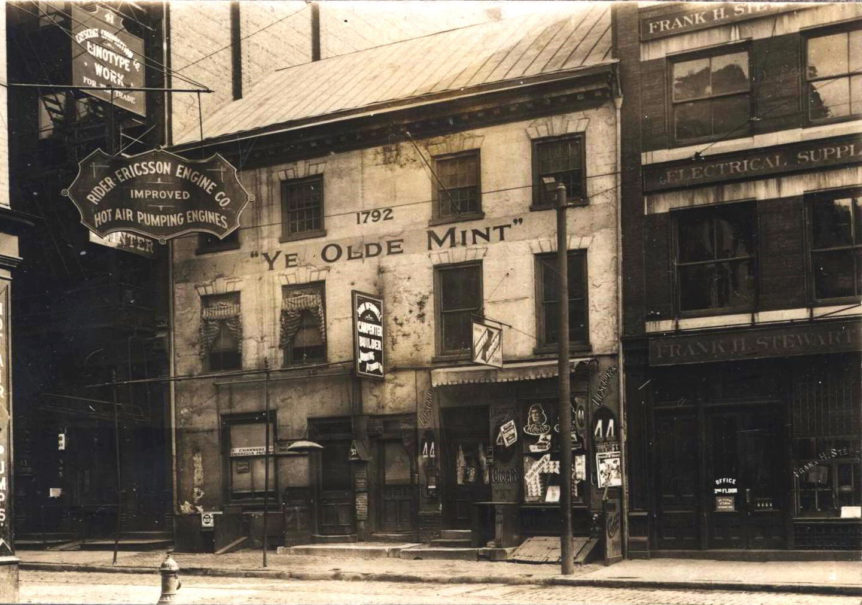Leading up to the year of 1792, the United States experienced great confusion concerning the value of different coins and currencies in circulation. Spanish silver and English shillings were two of the most common mediums of exchange, but the intricate conversion tables led to burdensome trade and commerce.
Congress – led by Benjamin Franklin, Thomas Jefferson, and Alexander Hamilton – promoted the decimal system as a means of breaking from the past and establishing US currency as its own entity. Several years later on April 2, 1792, the Coinage Act of 1792 (also known as the Mint Act) established this monetary system and set the stage for some of our nation’s earliest and rarest coins.
Henry Voight was one of the first designers of U.S. coins. He applied for a job at the United States mint in 1791 sooner after the institution was newly installed. Though his personal life proved to be a bit scandalous, Voight’s exceptional experience with machining and coining opened doors for him. Less than one month after the Coinage Act was signed into law, Washington appointed Voight as the Acting Chief Coiner of US Mint on June 1. He was a primary designer and engraver of some of our nation’s first coins. And a little over one more month after Voight’s installment as Chief Coiner, Thomas Jefferson reported that there were 1500 half dimes of new coinage.
Let’s take a look into some of our nation’s oldest coins and rare designs. All photos courtesy of USA Coin Book.
Flowing Hair Liberty Large Cent with a linked chain on the reverse side of the coin.
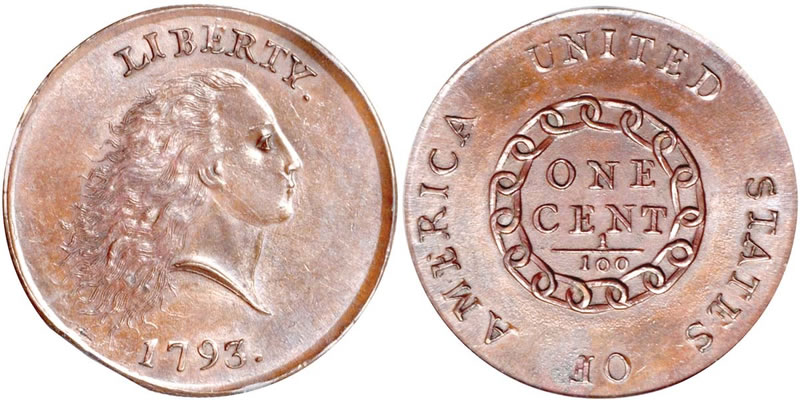
Voight’s design of Flowing Hair Liberty Large Cent with a wreath on the reverse
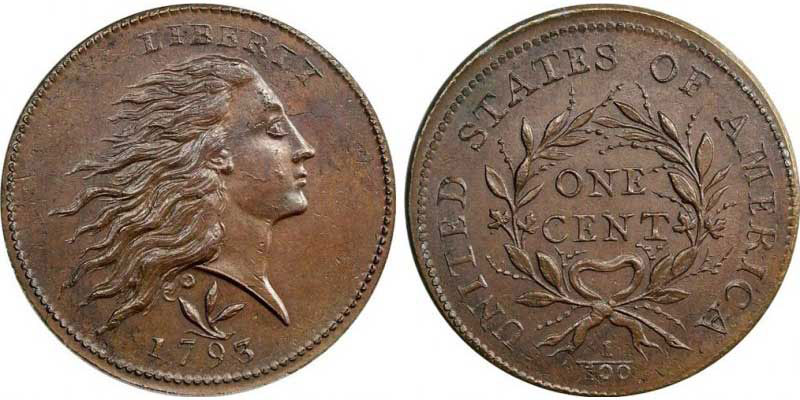
These cents contain eleven penny-weights of copper.
Liberty Cap Half Cent design officially made by Joseph Wright, but some believe it was designed by Henry Voight.
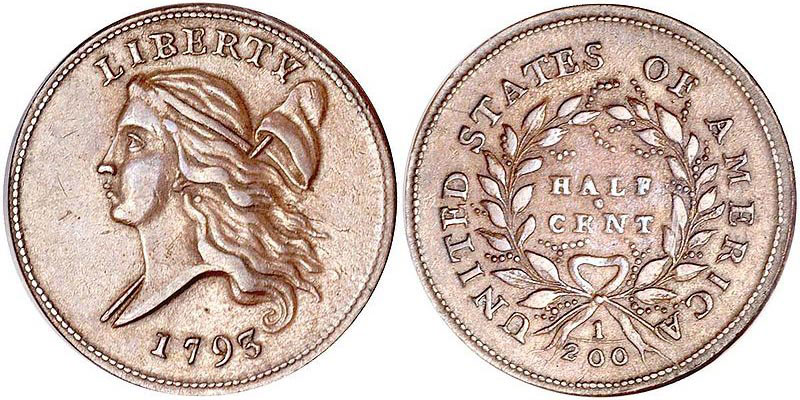
Voight also created and produced several rarer and uncommon coins, including the 1792 Silver Center Cent and the 1792 Half Disme.
1792 Silver Center Cent designed by Henry Voigt
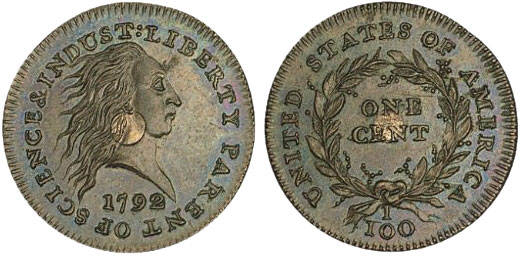
The 1792 Silver Cent was designed to help maintain intrinsic value by inserting silver metal in the center of the copper coin. The coin consists of the flowing hair liberty and the words “LIBERTY PARENT OF SCIENCE AND INDUST” with a wreath on the reverse side of the coin. However, this coin was too much work to reproduce and was disregarded and replaced by the pure Copper Large Cent. One of these coins sold for $414,000 in 2002 and PCGS offered an uncirculated MS61 grade silver center cent for over $1 million, according to the USA Coin Book.
The 1792 Half Disme

Voight played a key role in the production of the 1792 Half Disme. According to the Coinage Act of 1792, half dismes were to each “be the value of one twentieth of a dollar, and to contain eighteen grains and nine sexteenths parts of a grain of pure, or twenty grains and four fifth parts of a grain of standard silver.” These silver coins were fashioned in the basement of a local saw-maker shop in Philadelphia before the actual mint buildings had been completed, according to USA Coin Book. The article continues to explain that only 1500 of them were made and only 200-400 of these silver coins still exist today. One of the uncirculated coins was sold in 2006 for $1,322,00 and another for $1,500,0 in 2007, according to the USA Coin Book article.
From Copper to Gold Value – Today’s Investments Came From Yesterday’s Coins
The gold price and coins such as the American Eagle is what drives investment interest today, it is good to sometimes step back and understand the history of our money. It brings to light the timelessness of gold’s value and why gold and silver coins continue to be highly sought after.
